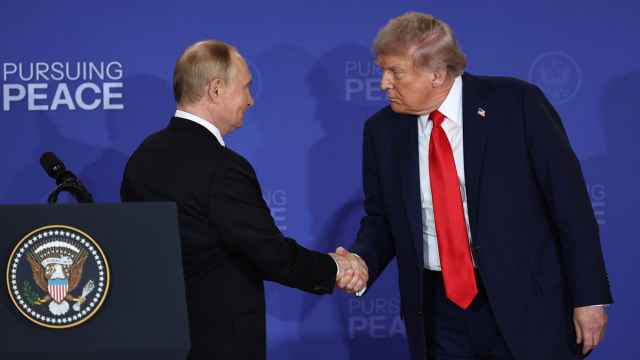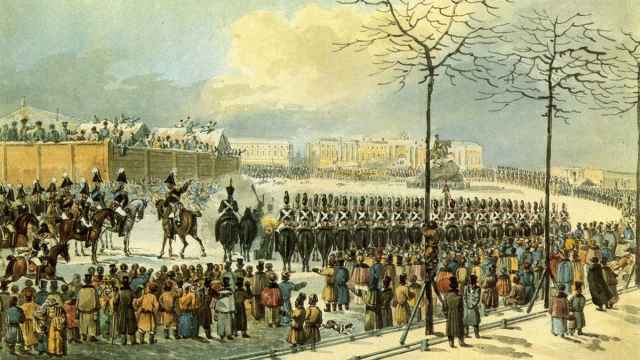No country dominates any industry as much as the United States dominates higher education. According to Shanghai Jiao-Tong University's Academic Ranking of World Universities, for example, 17 of the world's 20 best universities are American, with Harvard topping the list by a large margin.
The traditional explanation for this phenomenon — U.S. wealth, large population, generous research funding, widespread private philanthropy, and ability to attract scholars from around the world — is incomplete. Although the U.S. boasts the world's largest economy, it accounts for only a quarter of global gross domestic product and possesses roughly one-twentieth of the world's population. And its support for research is not unique.
Moreover, according to the accepted explanation, large countries such as France, Germany, Japan and even China and India should also be represented at the top of global university rankings. But they appear only sparsely, if at all.
In fact, these countries lack a crucial piece of the puzzle: the U.S. innovative governance model for higher education.
Harvard University was established as a public institution in 1636 by the authorities of the Massachusetts Bay Colony. When Harvard alumni dominated the Massachusetts Legislature, the university was given support and consideration. But in the 1840s, mass immigration, fueled by the Irish potato famine, altered the state's demographic balance, enabling populists to gain control of the legislature.
Almost immediately, Harvard came under attack for being too elitist, too exclusive and too expensive. Even its curriculum was challenged. Over the next two decades, the state increasingly impeded Harvard's functioning by, for example, refusing to release funds and obstructing the appointment of professors. This behavior culminated in 1862, when the legislature blocked a university president's appointment.
In response, Harvard requested that it be placed "out of the reach of ordinary political strife and change" and into the "hands of alumni who have the interests of education most at heart." On April 29, 1865, this radical proposal scraped through thanks to intense lobbying and the good will generated by Harvard alumni's distinguished service for the Union during the Civil War. Since then, Harvard's Board of Overseers has been controlled exclusively by alumni.
Inspired by Harvard's success, other universities, starting with Yale University and the College of William and Mary, took similar action. This "genuine American method," as Charles William Eliot, Harvard's longest-serving president, called it, became the norm not only for private universities but also for public institutions, such as the University of Michigan and Purdue University, and even religious institutions like the University of Notre Dame.
Today, 19 of the top 20 American universities in US News and World Report's much-watched rankings are controlled by alumni, defined as 50 percent or more representation on the board of trustees. Of the top five, three (Harvard, Yale and Columbia) are managed entirely by alumni, and two (Princeton and Stanford) are 90 percent under alumni control. On average, alumni make up 63 percent of the boards of the top 100 U.S. universities, both public and private.
In general, a higher percentage of alumni on the board is linked with a higher ranking, increased selectivity and a larger endowment. After all, no group cares more about a university's prestige than its alumni, who gain or lose esteem as their alma mater's ranking rises or falls.
Indeed, alumni have the most incentive to donate generously and to manage the university effectively. Given their intimate knowledge of the university, alumni are also the most effective leaders. Through alumni networks, board members can acquire information quickly and act on it without delay.
All great universities are nonprofit organizations, created to administer higher education, which benefits society as a whole. But U.S. universities found a way to integrate competition's benefits into the European concept of nonprofit corporations. The lack of profit-seeking does not diminish an alumni-dominated board's incentive to compete for prestige by, for example, hiring distinguished faculty, accepting meritorious students and striving for athletic or artistic achievement.
Using alumni to infuse the benefits of competition into nonprofit institutions exemplifies the genius of American adaptation. Countries that aspire to compete with U.S. universities should take note.
Shailendra Raj Mehta is a visiting professor at the Indian Institute of Management in Ahmedabad. © Project Syndicate
A Message from The Moscow Times:
Dear readers,
We are facing unprecedented challenges. Russia's Prosecutor General's Office has designated The Moscow Times as an "undesirable" organization, criminalizing our work and putting our staff at risk of prosecution. This follows our earlier unjust labeling as a "foreign agent."
These actions are direct attempts to silence independent journalism in Russia. The authorities claim our work "discredits the decisions of the Russian leadership." We see things differently: we strive to provide accurate, unbiased reporting on Russia.
We, the journalists of The Moscow Times, refuse to be silenced. But to continue our work, we need your help.
Your support, no matter how small, makes a world of difference. If you can, please support us monthly starting from just $2. It's quick to set up, and every contribution makes a significant impact.
By supporting The Moscow Times, you're defending open, independent journalism in the face of repression. Thank you for standing with us.
Remind me later.





